European Vehicle Emissions
Navigating Environmental Challenges
As concerns about the environment and climate change continue to grow, the impact of vehicle emissions on air quality and global warming has become a crucial topic of discussion. European countries have been at the forefront of efforts to mitigate the adverse effects of vehicle emissions and transition towards greener transportation solutions. In this article, we will delve into the intricacies of European vehicle emissions, the regulations in place to control them, and the innovative technologies driving sustainable mobility
The growing number of vehicles on European roads has led to an increase in air pollutants and greenhouse gases, contributing to climate change and posing health risks to citizens. European countries have recognized the urgency of addressing these challenges and have implemented stringent regulations to control vehicle emissions.
Understanding Vehicle Emissions
Types of Vehicle Emissions
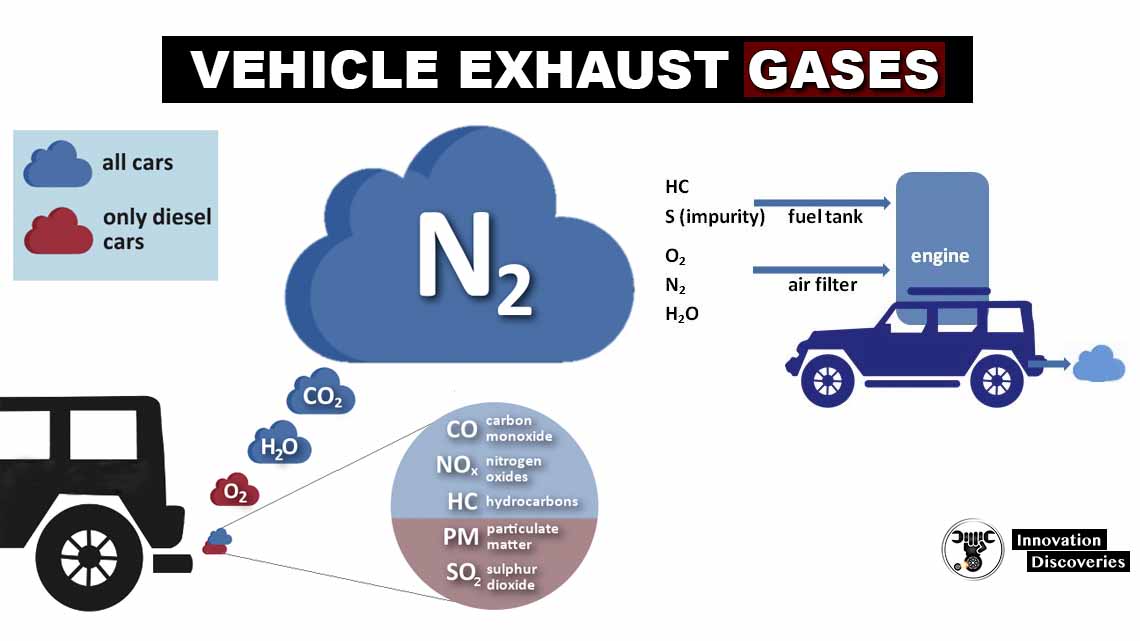
Vehicle emissions encompass various pollutants, including nitrogen oxides (NOx), carbon monoxide (CO), particulate matter (PM), and hydrocarbons (HC). These emissions result from the combustion of fuel in internal combustion engines.
Impact on Environment and Health

The release of these pollutants has detrimental effects on air quality, leading to smog, respiratory diseases, and even premature deaths. Additionally, the emission of CO2, a major greenhouse gas, contributes to global warming and climate change.
Evolution of Emission Regulations in Europe
Euro Standards Implementation

To tackle the issue of vehicle emissions, Europe introduced the Euro emission standards. These standards set limits on the permissible levels of pollutants that vehicles can emit. As technology advanced, the standards became progressively stringent.
Stringency Over the Years

Since the inception of Euro 1 in 1992, the European Union has consistently raised the bar, with Euro 6d being the latest standard. These standards have prompted automakers to develop cleaner engines and adopt innovative technologies.
Key Contributors to Vehicle Emissions
Diesel vs. Gasoline Emissions

Diesel engines traditionally emitted higher levels of NOx and particulate matter than gasoline engines. Stricter regulations have forced improvements in diesel engine technology, but gasoline engines remain cleaner in certain aspects.
Role of Urban Congestion

Traffic congestion in urban areas exacerbates emissions. Stop-and-go traffic and idling lead to inefficient combustion, releasing more pollutants. Effective urban planning and investments in public transport can alleviate this issue.
Advancements in Emission-Reducing Technologies
Electric and Hybrid Vehicles
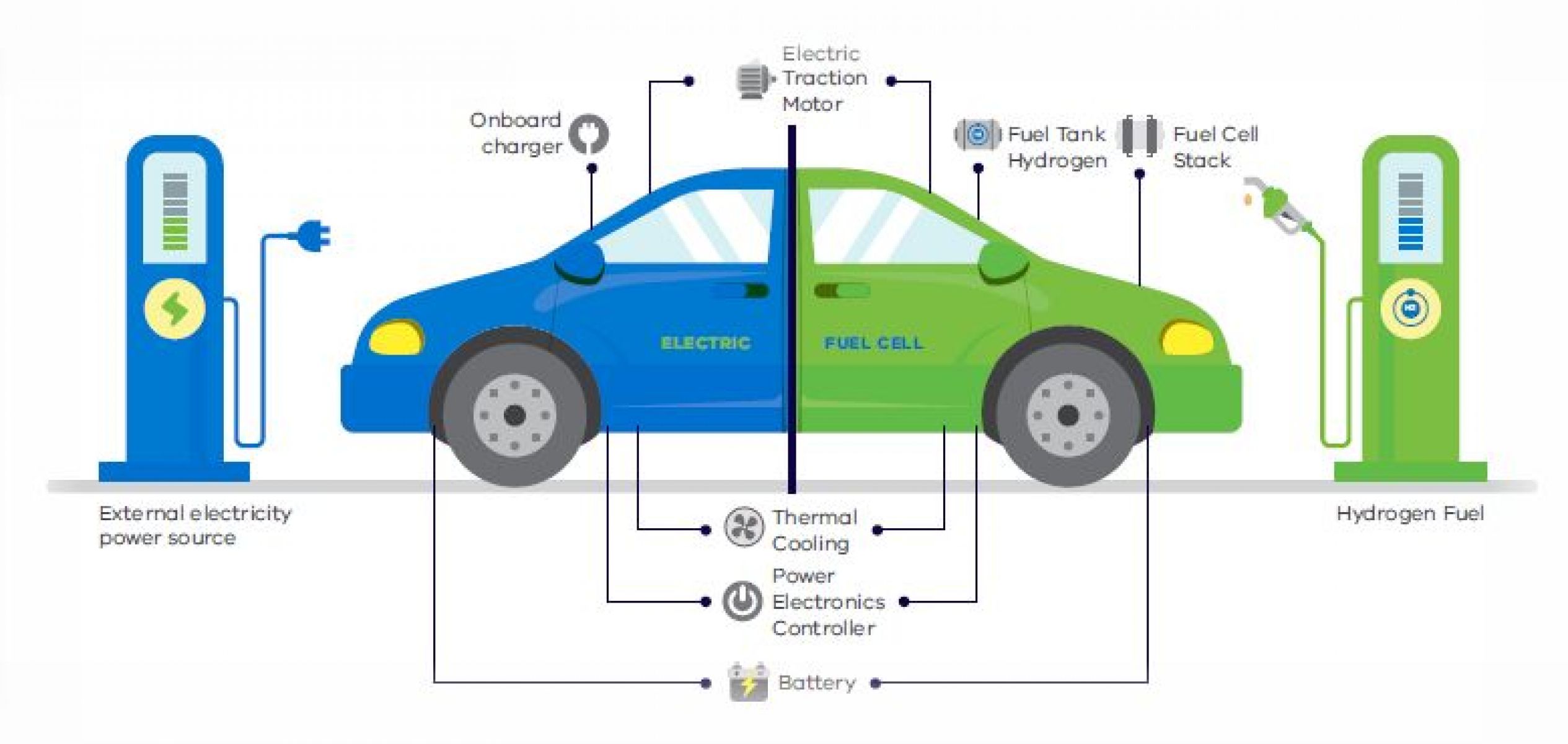
Electric and hybrid vehicles have gained traction as eco-friendly alternatives. These vehicles produce zero tailpipe emissions and have become more accessible due to advancements in battery technology.
Hydrogen-Powered Solutions

Hydrogen fuel cell vehicles offer another promising solution. They emit only water vapor and can be refueled quickly, addressing concerns about range and convenience.
The Role of Government Policies

Governments across Europe offer incentives to encourage the adoption of green vehicles. These incentives include tax breaks, subsidies, and access to restricted zones.
Emission-Based Taxation
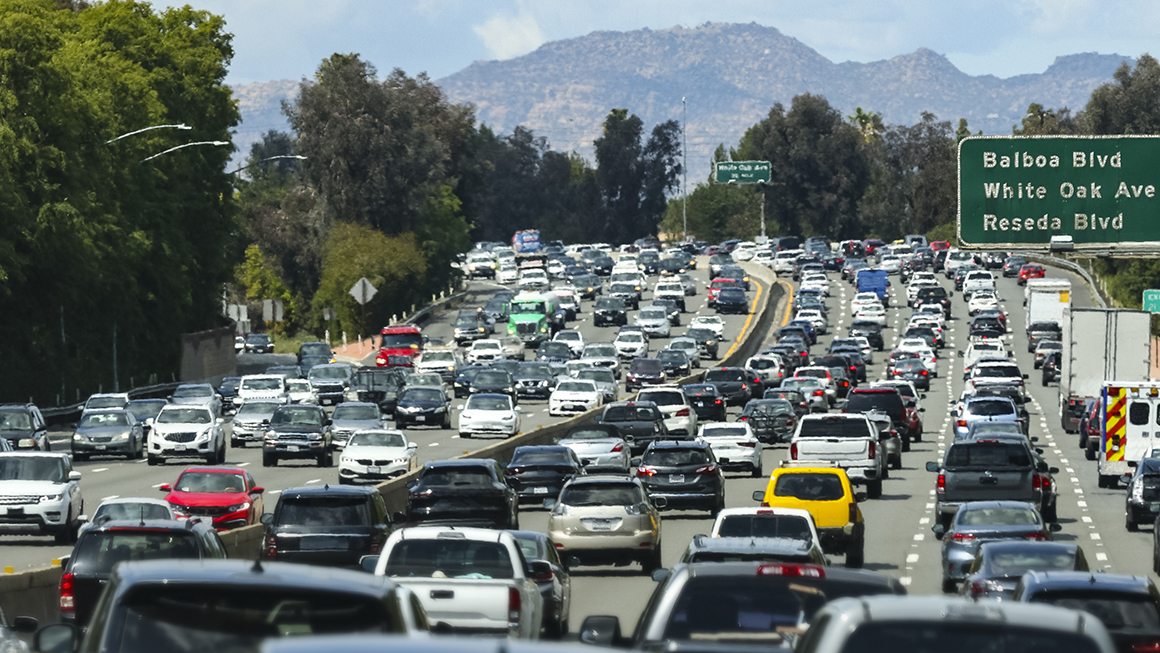
Some countries impose higher taxes on vehicles with higher emissions. This strategy not only generates revenue but also discourages the purchase of high-emission vehicles.
Promoting Sustainable Transportation
Public Transportation Enhancements

Investments in public transportation infrastructure promote the use of buses, trams, and trains, reducing the number of private vehicles on the road.
Cycling and Walkability Initiatives
European cities are increasingly focused on enhancing cycling infrastructure and creating pedestrian-friendly zones to reduce the reliance on motorized transportation.
Challenges and Future Prospects
Infrastructure Limitations
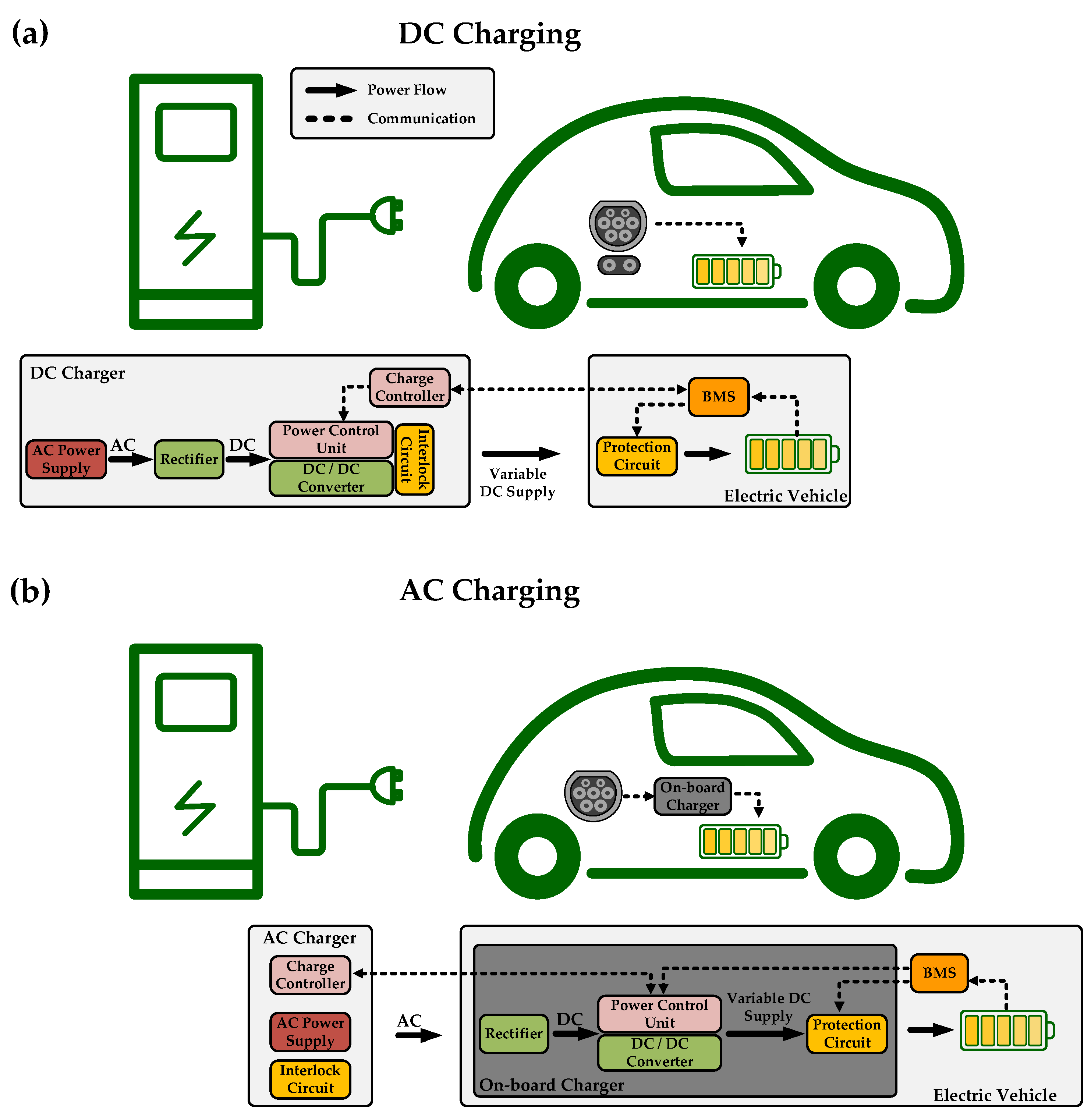
The expansion of electric vehicle charging networks and hydrogen refueling stations is essential to support the adoption of cleaner vehicles.
Consumer Mindset Shift
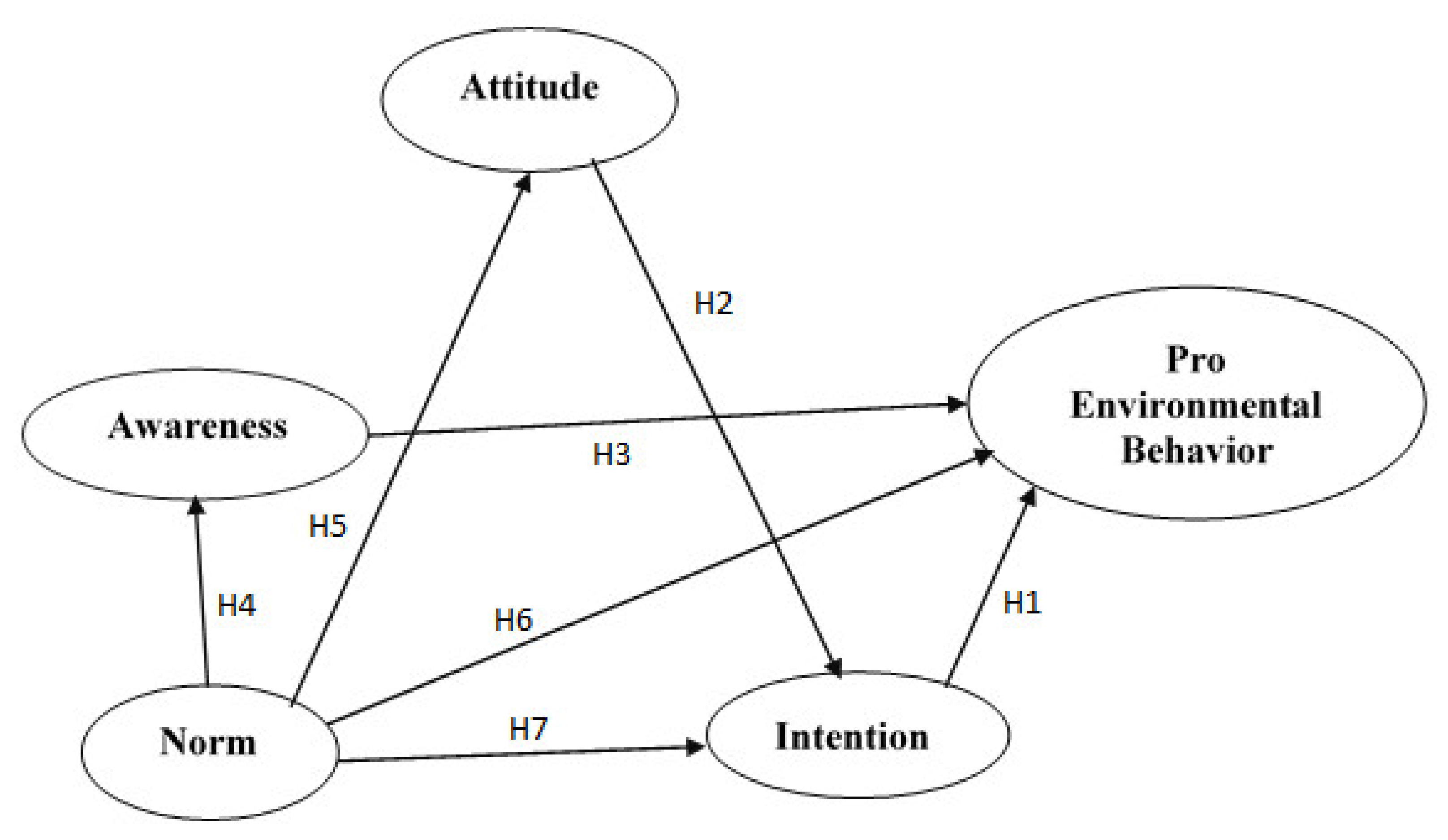
Changing consumer preferences and educating the public about the benefits of sustainable transportation are critical for widespread adoption.
European countries are making significant strides in reducing vehicle emissions and embracing greener transportation options. The evolution of emission regulations, advancements in technology, and government policies collectively contribute to a more sustainable future.
FAQs
Are electric vehicles truly emissions-free?
Electric vehicles produce zero tailpipe emissions, but the overall environmental impact depends on the source of electricity generation.
How do Euro standards compare to emission regulations in other regions?
Euro standards are among the most stringent globally and have inspired similar regulations in other parts of the world.
What role do biofuels play in reducing vehicle emissions?
Biofuels can be a more sustainable alternative to fossil fuels, but their impact depends on factors like feedstock and production methods.
How can governments encourage the use of public transportation?
Governments can invest in efficient public transport systems, offer affordable fares, and create dedicated lanes for buses and trams.
Are there initiatives to make cycling safer in urban areas?
Yes, many European cities are implementing measures such as dedicated bike lanes, traffic calming, and bike-sharing programs to promote cycling safety and accessibility.

